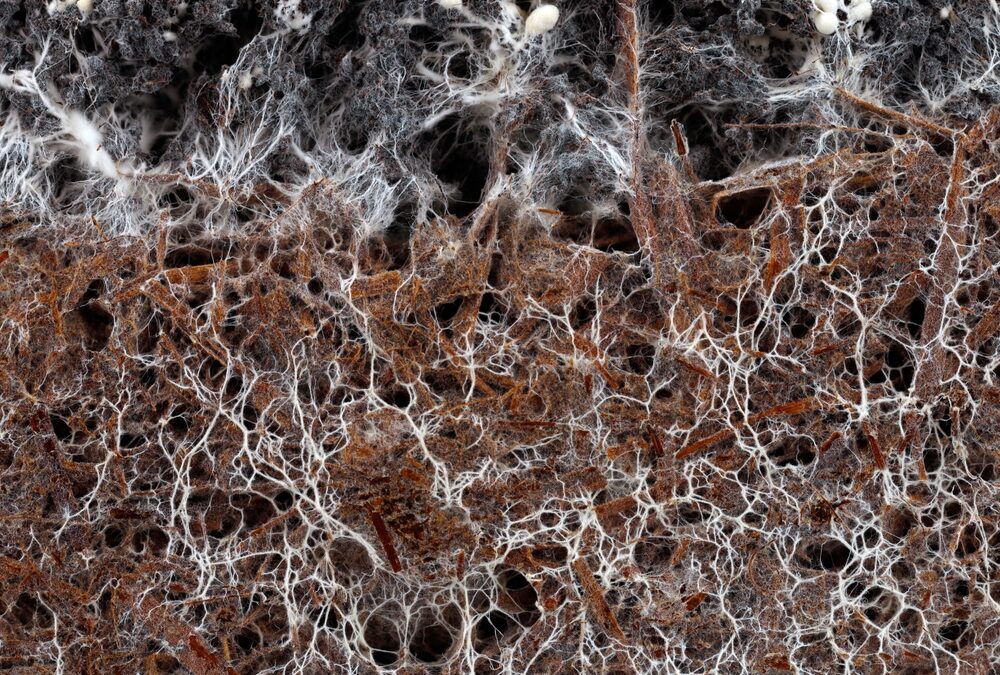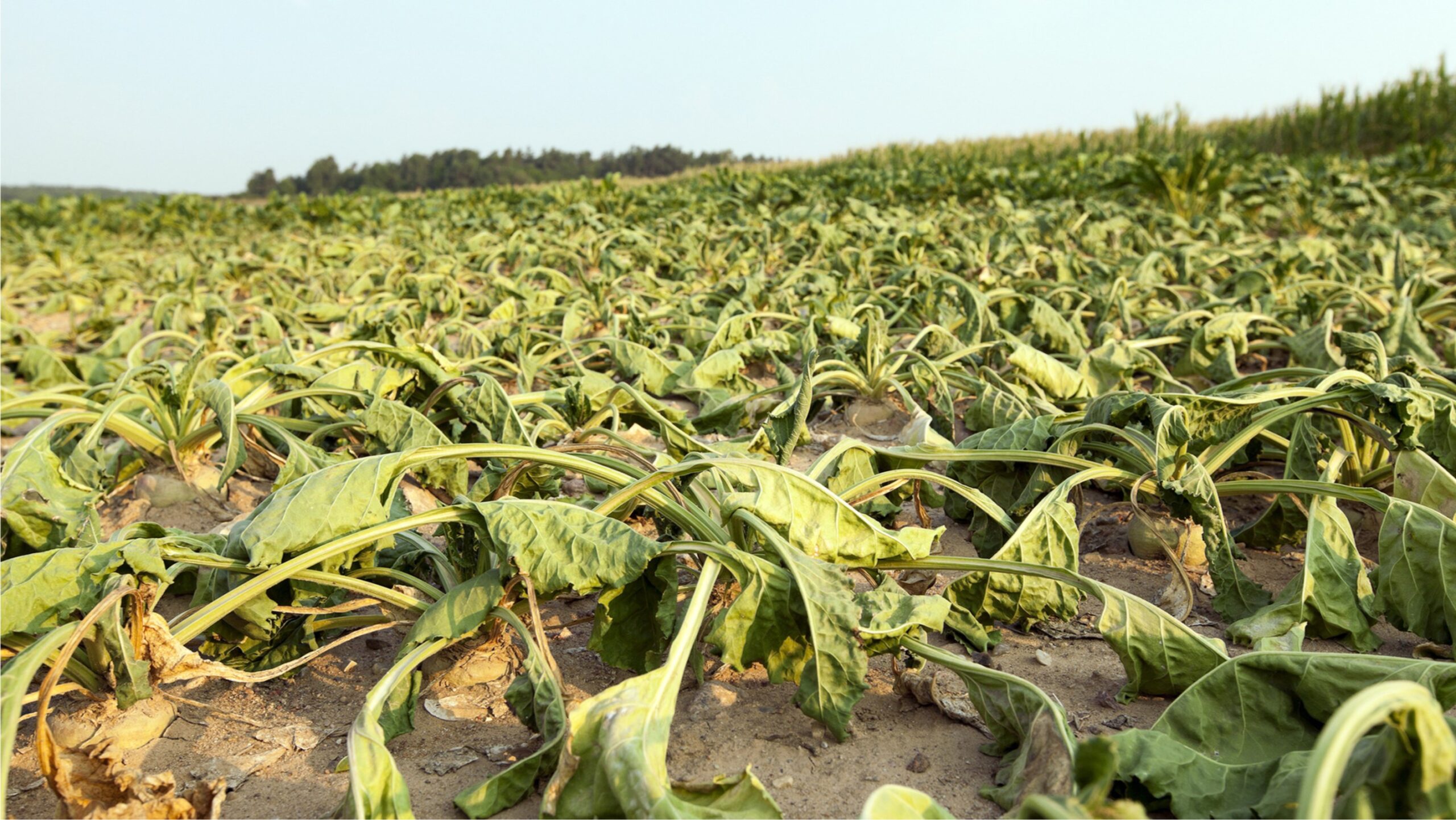
Fungi to the Rescue
The more we learn about fungi, the more we understand what an important role they perform in our ag work and the potential they have to deliver more significant positive impacts to the planet, including the agricultural industry.



The more we learn about fungi, the more we understand what an important role they perform in our ag work and the potential they have to deliver more significant positive impacts to the planet, including the agricultural industry.

People ask me how I define regenerative farming and I have one simple answer: it’s all about sequestering more carbon in our soils. Soil is the largest carbon store on Earth—holding more carbon than all plants and our atmosphere put together. And contrary to what was previously believed, it now appears that a considerable amount of this carbon—more than 50%—is introduced to the soil via the remains of dead microorganisms.

Plants and fungi struck a deal way back when. More than 400 million years ago, plants began trading sugar (carbon) made from sunlight for some of the soil nutrients gathered by mycorrhizal fungi. Nearly 90% of all land plants are now part of this arrangement, so scientists have estimated that the amounts of carbon flowing through underground fungi must be significant. However, they didn’t realize how much carbon was in the system until now.

Plant phenols, which are a type of secondary metabolite found in plants, can play a role in mitigating heat stress. Heat stress and plants can occur when temperatures rise above the optimal range for their growth and development, leading to various physiological and biochemical changes.